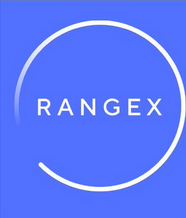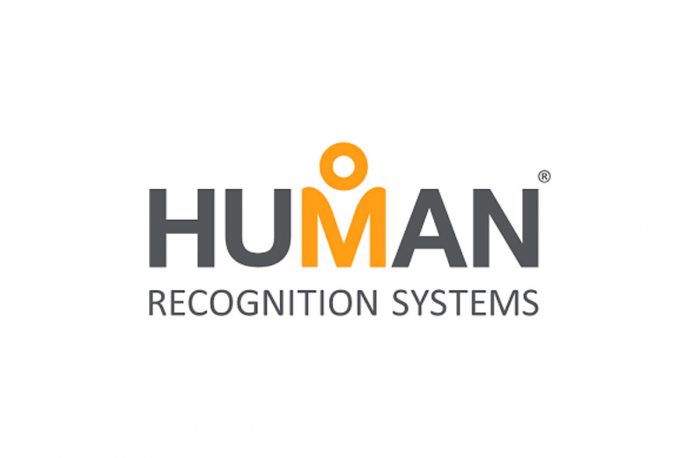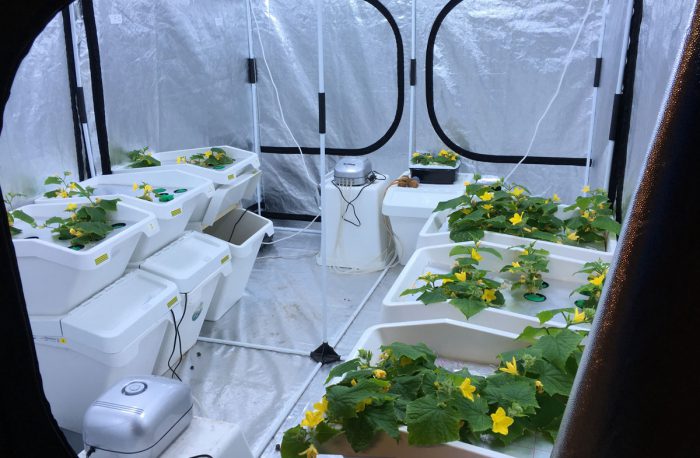EV Range Extender Ltd
Quinnovations is the group of innovative technology companies set up by businessman Jonathan Quinn over the last 12 years. Jonathan has set up a number of companies with a key focus of helping the local community and economy. Quinnovations™ consists of Blockwalls™, Hygienic Innovations Ltd, Smart Creative Technologies Ltd, EncapsUwaste Ltd and EV Range Extender Ltd.
EV Range Extenders is Jonathan’s newest company and has an innovative Microengine RangeX to allow drivers of electric cars with zero battery to continue their journey to the next charge point.
This will offer peace of mind that even without the charge in their vehicles, they will be able to get home or to a charging station without the need of breakdown recovery assistance.

Approaching LCR 4.0
Jonathan Quinn wanted to develop a range extender for electric vehicles (EV’s) to cure driver range anxiety.
Jonathan was interested to engage with the LCR 4.0 Project to see how the Liverpool City Region initiative could help his businesses by utilising additional resources to support Jonathan in the development of an effective and affordable solution, helping the transition from internal combustion (IC) engines to electric.
The aim of the project is to develop a range extender that automatically starts up and continuously chargers the battery until the fuel runs out. The main focus was developing and testing the technology and patenting the system.
Partner Support
Jonathan worked closed with the LCR 4.0 team at Liverpool John Moores University (LJMU) who assessed the needs for the EV Range extender and how they could best offer a bespoke solution.
The project was allocated a resource who was able to use simulation to test the mechanism in the car and the charging processes. This data could then be used to redefine the design to ensure the best performance.
By using 4IR technologies in the development of the Range X, the SME has been able to undertake research and development much more efficiently and has enabled the business to grow at a rapid pace.
Results
Working with LJMU’s LCR 4.0 team, the company have put together an innovative strategy to develop this technology and to bring it to market. The company will be working with Liverpool John Moores University (LJMU) and the University of Chester (UoC) to help develop the range extender moving forward.
This development and research tested items including how much charge % per litre of fuel is used and the effects different fuels (petrol, diesel, bio-fuels) have on performance. Jonathan plans on also testing the capabilities of their gen-set. The results gathered will help with marketing and sales of the gen-set, performance testing will also help determine the size of the fuel tank that will need to be installed with the gen-set.
Since the support, the company has been able to hire new employees, improving and refining the business plan. Jonathan also estimates at 50,000 units they will require approximately 100 production workers. In 2022 at 75,000 units they estimate an employment level of 135 staff. In 2023 at 110,000 unit capacity we anticipate a requirement of up to 250 employees.
Thereafter Jonathan and his company plan to have a program for significant growth which they hope will include autonomous robotic equipment to achieve higher production levels.
The company expect these further jobs will be created from down streaming, such as transport of the engine, cleaning of the factory, maintenance of the range extender.
Working to the Future
Once the development program has been completed, Jonathan is expecting to enter a test and evaluation phase with a number of automotive manufactures. The evaluations to generate annual commitments, which will result in a total unit annual volume will justify a scale of production that will bring pricing into viable and commercial levels.
By selling this to a number of different companies will make it easier to achieve the scale of production necessary for inclusion as an integrated system for small and medium EVs.
Jonathan also plans on exploring the opportunities for patent and IP protection for his products.



